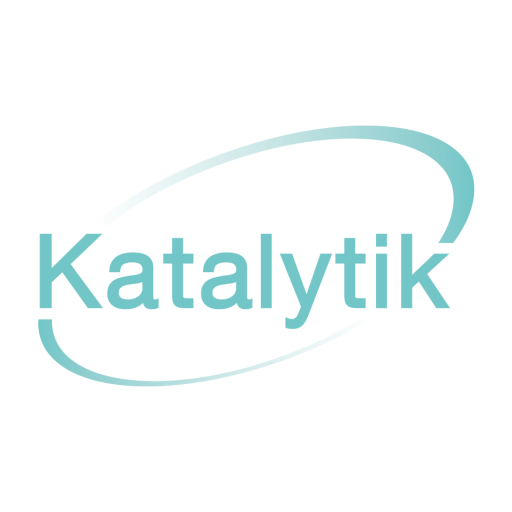Do lists of 100 influencers make a difference?
Katalytik CEO and lead consultant Dr Jan Peters was the host for the Women in Engineering Leadership Conference at the Institute of Directors in October 2019. Here’s a round-up of thoughts and highlights. Finding yourself in a room talking about the need to…


